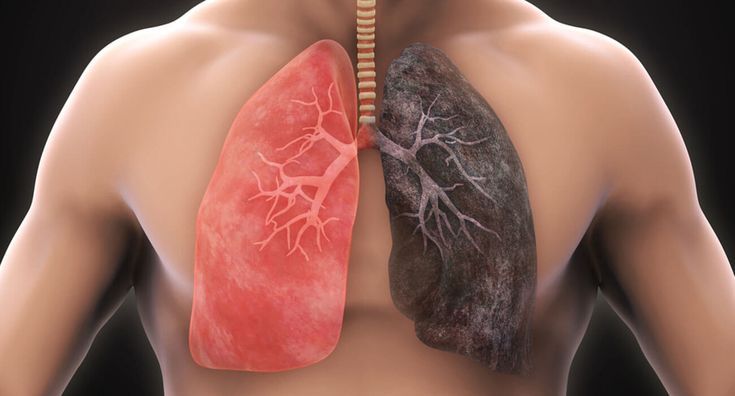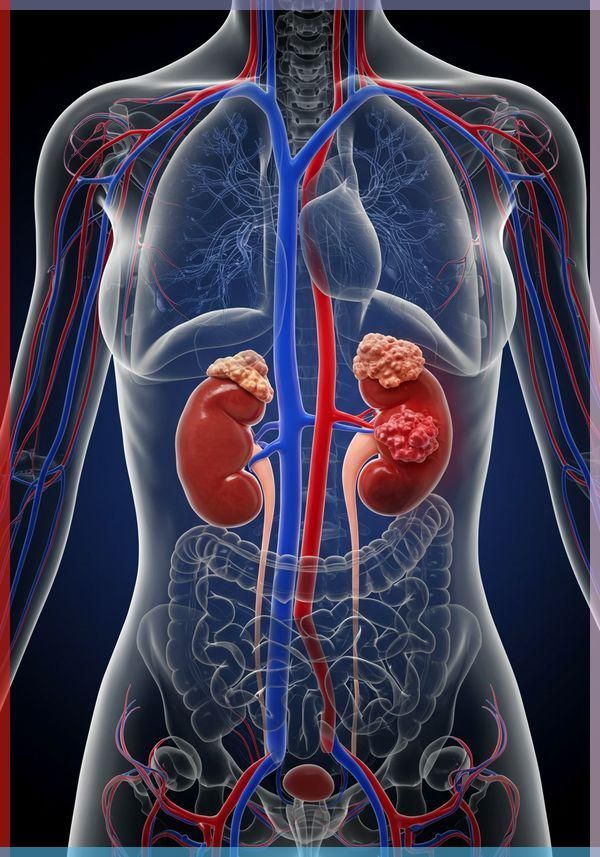
📑 Table of Contents
- Introduction
- Understanding the Lungs and Respiratory Function
- What is COPD?
- Types and Forms of COPD
- Global Prevalence and Epidemiology
- Causes of COPD
- Risk Factors
- Pathophysiology of COPD
- Symptoms of COPD
- Diagnosis and Testing
- Classification and Staging
- COPD vs Asthma
- Complications of COPD
- Acute Exacerbations: Triggers and Management
- Treatment Strategies
- Pulmonary Rehabilitation
- Lifestyle Modifications
- Diet and Nutrition
- Physical Activity and Exercise
- Oxygen Therapy
- Medications for COPD
- Surgical Interventions
- Technology and Devices in COPD Management
- Mental Health and COPD
- Living with COPD: Patient Perspectives
- Preventing COPD
- Environmental and Occupational Concerns
- COPD in Developing Countries
- The Economic Burden of COPD
- Future of COPD Research and Treatment
- Conclusion and Global Call to Action
Introduction
Chronic Obstructive Pulmonary Disease (COPD) is a progressive, debilitating lung disease that impairs airflow and causes breathing difficulties. Often underdiagnosed and misunderstood, COPD affects over 390 million people globally. It’s not just a smoker’s disease—it’s a multifaceted public health crisis. This post provides an in-depth, all-encompassing view of COPD to promote understanding, action, and compassion.
Understanding the Lungs and Respiratory Function
The lungs facilitate gas exchange, allowing oxygen to enter the blood and removing carbon dioxide. The bronchi and alveoli (tiny air sacs) are crucial components. In COPD, these structures are damaged, impeding airflow.
Key Concepts:
- Alveoli: Gas exchange units
- Bronchi/Bronchioles: Air distribution pipes
- Cilia: Hair-like structures that clear mucus
- Diaphragm: Muscle supporting lung expansion
What is COPD?
COPD is a chronic inflammatory lung disease that causes obstructed airflow from the lungs. It’s irreversible and progressive. The airflow limitation is usually caused by a combination of:
- Chronic bronchitis: Inflammation of the bronchial tubes
- Emphysema: Damage to alveoli
COPD is not curable, but it is treatable and manageable.
Types and Forms of COPD
- Chronic Bronchitis
- Persistent productive cough
- Airway inflammation and mucus buildup
- Emphysema
- Alveolar wall destruction
- Lung elasticity loss
- Mixed COPD
- Features of both bronchitis and emphysema
- Alpha-1 Antitrypsin Deficiency-related COPD
- Genetic form of emphysema
Global Prevalence and Epidemiology
- Third leading cause of death worldwide
- Over 3 million deaths annually
- Underdiagnosed in 50–80% of cases
- Prevalence highest in low- and middle-income countries
- Women increasingly affected due to biomass fuel exposure
Causes of COPD
1. Cigarette Smoking
- Accounts for 85–90% of cases
- Damages lung tissue and cilia
2. Air Pollution
- Indoor (biomass fuel) and outdoor pollution contribute significantly
3. Occupational Hazards
- Dust, chemicals, and fumes in industrial jobs
4. Infections
- Recurrent respiratory infections in childhood
5. Genetic Factors
- Alpha-1 antitrypsin deficiency
Risk Factors
- Age > 40
- Male sex (though rates in women rising)
- Family history of COPD
- Socioeconomic status
- Poor nutrition
- Lack of vaccinations
Pathophysiology of COPD
- Inflammation
- Oxidative stress
- Protease-antiprotease imbalance
- Airway remodeling
- Mucus hypersecretion
- Alveolar destruction
Symptoms of COPD
- Chronic cough
- Sputum production
- Dyspnea (shortness of breath)
- Wheezing
- Chest tightness
- Fatigue
- Cyanosis (bluish lips/fingers)
- Weight loss (in advanced stages)
Diagnosis and Testing
Spirometry
- Measures FEV1 and FVC
- COPD defined by FEV1/FVC < 0.70
Chest X-ray / CT scan
- Identifies lung damage, emphysema, infections
Arterial Blood Gases (ABG)
- Assesses oxygen and carbon dioxide levels
Alpha-1 antitrypsin testing
- For young non-smokers
Classification and Staging
Based on GOLD criteria (Global Initiative for Chronic Obstructive Lung Disease):
| Stage | FEV1 (% predicted) | Severity |
|---|---|---|
| GOLD 1 | ≥80% | Mild |
| GOLD 2 | 50–79% | Moderate |
| GOLD 3 | 30–49% | Severe |
| GOLD 4 | <30% | Very severe |
COPD vs Asthma
| Feature | COPD | Asthma |
|---|---|---|
| Onset | >40 years | Childhood/young adulthood |
| Reversibility | Partially reversible | Fully reversible |
| Smoking link | Strong | Not always |
| Inflammation | Neutrophilic | Eosinophilic |
Complications of COPD
- Acute respiratory failure
- Pulmonary hypertension
- Right heart failure (cor pulmonale)
- Osteoporosis
- Lung cancer
- Anxiety and depression
- Sleep apnea
Acute Exacerbations: Triggers and Management
Common Triggers:
- Respiratory infections
- Environmental pollutants
- Medication non-compliance
Management:
- Short-acting bronchodilators
- Corticosteroids
- Antibiotics (if infection present)
- Oxygen therapy
- Hospitalization (for severe cases)
Treatment Strategies
- Smoking cessation
- Pharmacotherapy
- Pulmonary rehabilitation
- Vaccinations (flu, pneumococcal)
- Lifestyle interventions
Pulmonary Rehabilitation
Includes:
- Supervised exercise
- Education
- Breathing techniques (pursed-lip)
- Energy conservation training
- Psychosocial support
Lifestyle Modifications
- Eliminate tobacco exposure
- Use air purifiers
- Avoid outdoor pollution
- Stay hydrated
- Follow sleep hygiene routines
Diet and Nutrition
- Small frequent meals to reduce bloating
- Protein-rich diet for muscle maintenance
- Omega-3 fatty acids for inflammation
- Avoid carbonated drinks and excess salt
Physical Activity and Exercise
- Tailored to patient capability
- Improves endurance and strength
- Reduces dyspnea
- Examples: walking, cycling, water aerobics
Oxygen Therapy
Prescribed for:
- Resting PaO₂ < 55 mmHg
- O₂ saturation < 88%
Improves:
- Survival
- Quality of life
- Cognitive performance
Medications for COPD
1. Bronchodilators
- Beta-agonists (salbutamol)
- Anticholinergics (ipratropium)
2. Inhaled Corticosteroids
- For frequent exacerbators
3. Combination Inhalers
- LABA + ICS or LABA + LAMA
4. Theophylline
- Older oral medication, less commonly used
Surgical Interventions
- Lung Volume Reduction Surgery (LVRS)
- Bullectomy
- Lung Transplant (in selected cases)
Technology and Devices in COPD Management
- Portable oxygen concentrators
- Smart inhalers
- Wearables for SpO₂ and heart rate
- Digital spirometry apps
Mental Health and COPD
- Depression affects 40–60% of COPD patients
- Strategies: CBT, antidepressants, mindfulness, social engagement
Living with COPD: Patient Perspectives
Real-life stories emphasize:
- Acceptance
- Coping mechanisms
- Support systems
- Importance of early diagnosis
Preventing COPD
- Public awareness
- Reducing tobacco and air pollution
- Early screening in high-risk individuals
- Promoting vaccinations
Environmental and Occupational Concerns
- Enforcing industrial safety
- Reducing biomass fuel exposure
- Wearing protective gear
COPD in Developing Countries
Challenges:
- Limited access to inhalers
- Misdiagnosis as asthma or TB
- Cultural stigmas
- Poor air quality
The Economic Burden of COPD
- Costs over \$50 billion annually in the U.S.
- Direct costs: hospitalizations, medications
- Indirect: lost productivity, caregiver burden
- Early intervention reduces costs
Future of COPD Research and Treatment
- Stem cell therapy
- Regenerative medicine
- Targeted biologics
- Artificial lungs
- AI-based diagnostics
Conclusion and Global Call to Action
COPD is more than a lung disease—it’s a global public health emergency. Through early detection, aggressive intervention, education, and innovation, millions of lives can be transformed. The time for collective action is now.
🔖 Tags:
#COPD #ChronicBronchitis #Emphysema #LungHealth #PulmonaryRehab #BreathlessButBrave #GlobalHealth #RespiratoryDisease #StopSmoking

